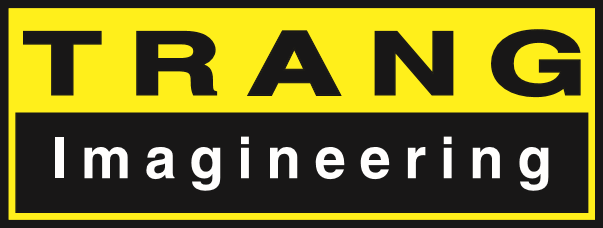AS3990 vs AS4100: Which Applies to Plant Steelwork?
When you’re verifying steelwork on a brownfield plant or designing a new conveyor platform, one question keeps popping up: do we apply AS3990 or AS4100? Choose the wrong standard and you can end up with under- or over-engineered structures, compliance headaches, and insurance questions at audit time. This article breaks down when each standard applies, how they interact, and a practical decision path for mining and industrial projects.
Quick definitions
AS3990 – Mechanical equipment — Steelwork:
Intended for steelwork associated with mechanical equipment—think frames, skids, bases, guards, hoists, platforms integral to machines, and non-primary supporting steel that is part of the equipment package. It treats loads as mechanical/operational (rotating machinery loads, vibration, fatigue) with different load combinations and partial factors compared with a pure structural standard.AS4100 – Steel structures:
The general standard for primary steel structures (buildings, platforms, portal frames, towers, supporting frames, walkways, stairs/landings when forming part of the primary structure, large trusses, gantries). It governs global stability, member design, connections and structural reliability.
Rule of thumb:
If the steelwork’s primary role is to support the plant (platforms, frames, structures, walkways, towers) → AS4100.
If the steelwork is integral to the equipment (skids, bases, frames that come with the machine, guards) → AS3990.
Why the distinction matters
Load models differ: AS4100 uses structural reliability factors targeted at buildings/structures; AS3990 factors emphasise operational loads from rotating equipment and dynamic effects internal to machinery.
Connection philosophy: AS4100 stresses global frame behaviour and robustness; AS3990 allows equipment-centric detailing.
Fatigue: Both address fatigue, but AS3990 routinely contemplates equipment-induced cyclic loading; AS4100 focuses on structural categories and detail classes for welded/bolted connections.
Typical mining scenarios
Conveyor gantry & trestles: Primary support steel → AS4100.
Drive baseplate/skid that mounts the gearbox & motor: Part of the equipment package → AS3990.
Crusher support frame integrating floors & access: Usually AS4100 for the frame; AS3990 may apply to motor/drive bases bolted to it.
Tank support structure: Typically AS4100. The tank shell often follows API-650; nozzle load checks feed back into the frame design.
Pump base & guard: AS3990.
Freestanding maintenance platform attached to a building/gantry: AS4100 for the structure, AS1657 for stairs/handrails/guardrails.
Decision path (practical)
Identify function: primary load-bearing structure or equipment component?
Define load cases: global gravity/wind/seismic vs. local operational/vibration loads.
Check interfaces: equipment base on a structural frame → dual-standard approach (AS3990 for the base; AS4100 for the frame).
Fatigue categorisation: high-cycle operational loads near drives? Consider AS3990 detail categories and connection detail quality.
Document rationale: state which standard applies to which elements and why. This helps auditors and insurers.
Common pitfalls
Applying AS4100 to everything → overdesign of equipment skids, poor vibration performance.
Applying AS3990 to primary structures → undercooked lateral stability and robustness.
Not separating responsibilities between OEM package (AS3990) and site steel (AS4100).
Ignoring fatigue detail categories in high-cycle locations (drive frames, vibrating screens).
Forgetting AS1657 for access components (stairs, ladders, guardrails).
Documentation that de-risks audits
Clear boundary drawings showing “AS4100 steel” vs “AS3990 equipment steel.”
Loads handover sheet from OEM to structural designer (dynamic factors, torque reactions, start/stop loads).
Connection schedule with fatigue detail categories where applicable.
Inspection & Test Plan noting weld categories and bolt tensioning (friction vs bearing).
Just remember if you're unsure just contact the team at Trang Imagineering and we can help solve your engineering problems.
